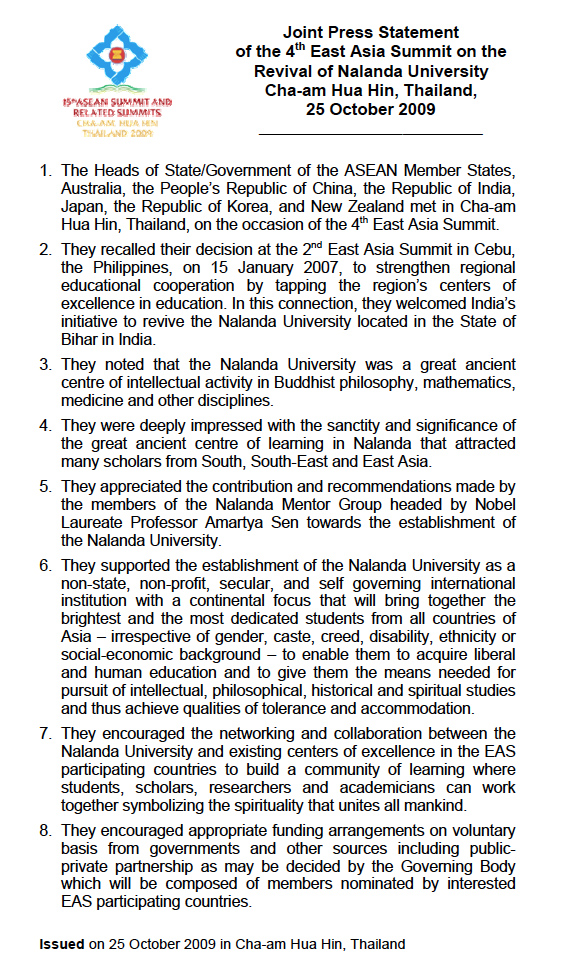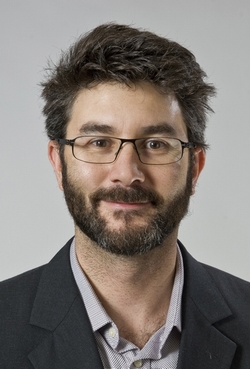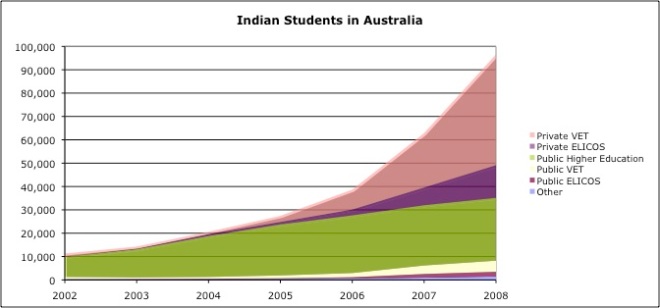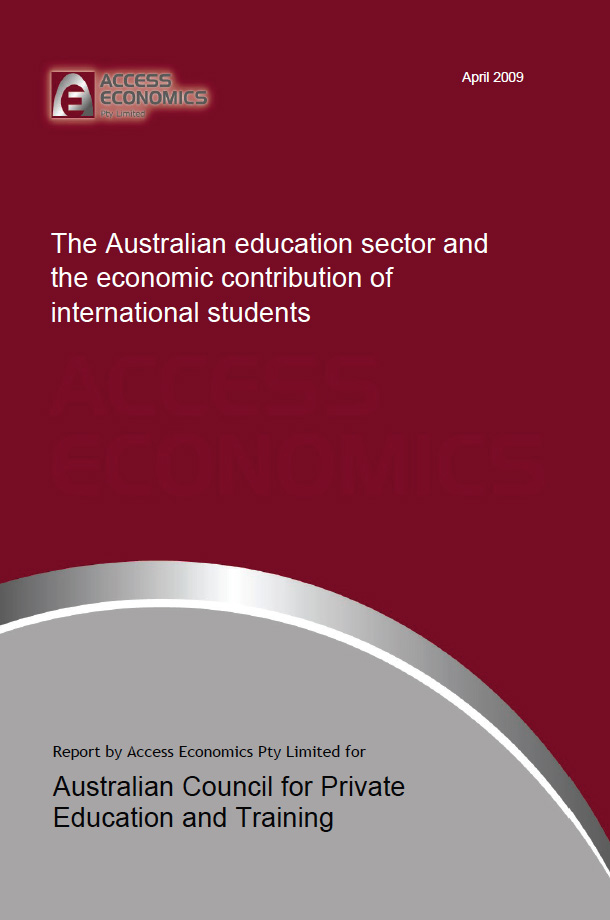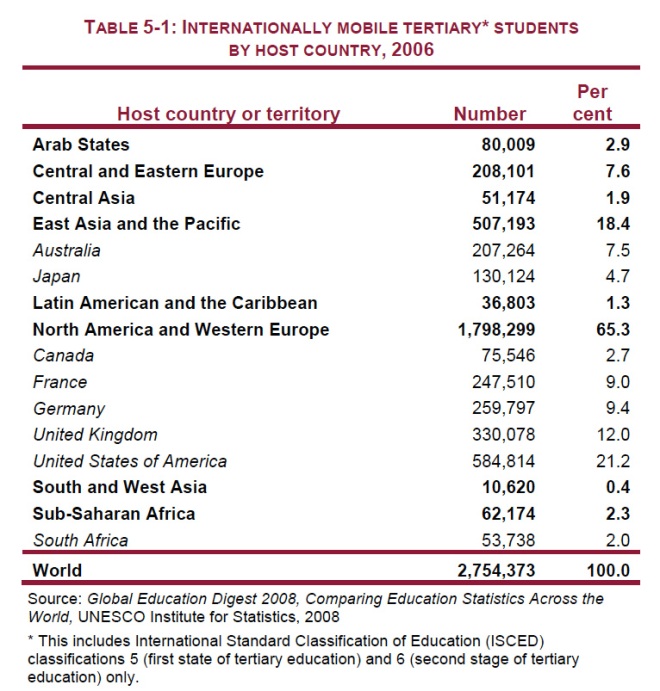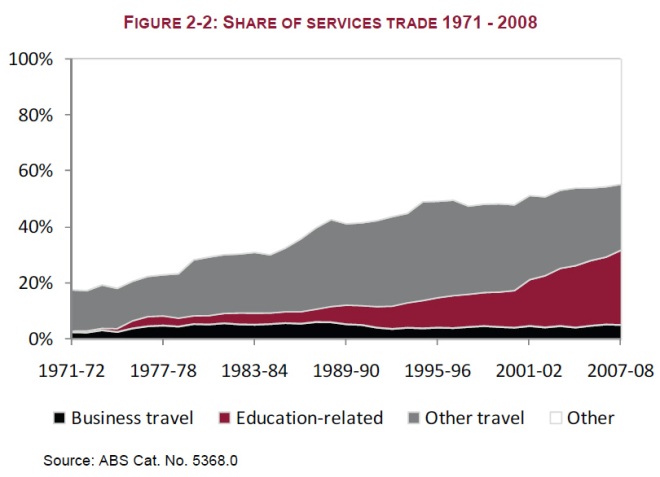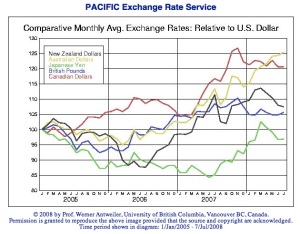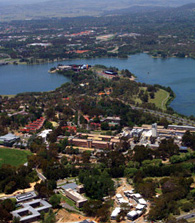As our readers likely know, the Bologna Process was launched in 1999 with the objective of constructing the European Higher Education Area (EHEA) by 2010. One increasingly important aspect of the evolution of the Bologna Process is its ‘external’ (aka ‘global’) dimension. To cut a long story short, deliberations about the place of the EHEA within its global context have been underway since the Bologna Process was itself launched in 1999. But, as noted in one of our earlier 2007 entries (‘The ripple effects of the Bologna Process in the Asia-Pacific‘), the formalization of an external dimension to the Bologna Process was not spurred on until May 2005 when the Bergen Communiqué included the following statement:
The European Higher Education Area must be open and should be attractive to other parts of the world. Our contribution to achieving education for all should be based on the principle of sustainable development and be in accordance with the ongoing international work on developing guidelines for quality provision of crossborder higher education. We reiterate that in international academic cooperation, academic values should prevail.
We see the European Higher Education Area as a partner of higher education systems in other regions of the world, stimulating balanced student and staff exchange and cooperation between higher education institutions. We underline the importance of intercultural understanding and respect. We look forward to enhancing the understanding of the Bologna Process in other continents by sharing our experiences of reform processes with neighbouring regions. We stress the need for dialogue on issues of mutual interest. We see the need to identify partner regions and intensify the exchange of ideas and experiences with those regions.
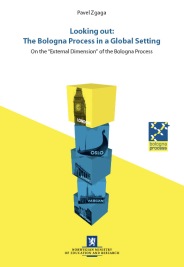 The Bergen Communiqué led to the development of a more formal 2007 strategy document titled Looking Out: The Bologna Process in Global Setting: On the External Dimension of the Bologna Process and this associated strategy document European Higher Education in a Global Setting. A Strategy for the External Dimension of the Bologna Process, which was approved by the ministers in 2007. It was this strategy document that led to the delineation of five “core policy areas”:
The Bergen Communiqué led to the development of a more formal 2007 strategy document titled Looking Out: The Bologna Process in Global Setting: On the External Dimension of the Bologna Process and this associated strategy document European Higher Education in a Global Setting. A Strategy for the External Dimension of the Bologna Process, which was approved by the ministers in 2007. It was this strategy document that led to the delineation of five “core policy areas”:
- Improving information on the European Higher Education Area;
- Promoting European Higher Education to enhance its world-wide attractiveness and competitiveness;
- Strengthening cooperation based on partnership;
- Intensifying policy dialogue;
- Furthering recognition of qualifications.
Further background information, including all supporting documents, is available on this Bologna Process Follow-up Group website (European Higher Education in a Global Context) which the Bologna Secretariat sponsors.
Since 2007 we have seen a variety of activities come together to ensure that the fourth action item (“intensifying policy dialogue”) be implemented, though in a manner that cross-supports all of the other action items. One key activity was the creation of a “policy forum” with select non-EHEA countries: see the figure below (with my emphasis) taken from the just issued EURYDICE report Focus on Higher Education in Europe 2010: The Impact of the Bologna Process to see where the inaugural 2009 forum, and its 2010 follow-up, fit within the overall Bologna Process timeline:
The First Bologna Policy Forum was held in Louvain-la-Neuve, Belgium, on 29 April 2009, and brought together all 46 Bologna ministers in association with “Australia, Brazil, Canada, P.R. China, Egypt, Ethiopia, Israel, Japan, Kazakhstan, Kyrgyzstan, Mexico, Morocco, New Zealand, Tunisia, and the U.S., as well as the International Association of Universities.”
Representatives of the First Bologna forum sanctioned the following statement:
Statement by the Bologna Policy Forum 2009
Meeting, for the first time, at this Bologna Policy Forum held in Louvain-la-Neuve on April 29, 2009, we, the Ministers for Higher Education, heads of delegation from the 46 European countries participating in the Bologna Process and from Australia, Brazil, Canada, P.R. China, Egypt, Ethiopia, Israel, Japan, Kazakhstan, Kyrgyzstan, Mexico, Morocco, New Zealand, Tunisia, USA, along with the International Association of Universities and other international organizations and NGOs, have taken part in a constructive debate on world wide cooperation and partnership in higher education with a view to developing partnership between the 46 Bologna countries and countries from across the world.
We note, with satisfaction, that this Policy Forum has fostered mutual understanding and learning in the field of higher education, and has laid the ground for sustainable cooperation in the future.
We also note that there are shared values and principles underpinning higher education and a common understanding that it is fundamental to achieving human, social and economic development.
We consider that higher education constitutes an exceptionally rich and diverse cultural and scientific asset for both individuals and society.
We emphasize the key role that higher education plays in the development of our societies based on lifelong learning for all and equitable access at all levels of society to learning opportunities.
We underline the importance of public investment in higher education, and urge that this should remain a priority despite the current economic crisis, in order to support sustainable economic recovery and development.
We support the strategic role of higher education in the pursuit and advancement of knowledge and therefore advocate global sharing of knowledge through multi-national research and education projects and exchange programs for students and staff, in order to stimulate innovation and creativity.
We are convinced that fair recognition of studies and qualifications is a key element for promoting mobility and we will therefore establish dialogue on recognition policies and explore the implications of the various qualifications frameworks in order to further mutual recognition of qualifications.
We hold that transnational exchanges in higher education should be governed on the basis of academic values and we advocate a balanced exchange of teachers, researchers and students between our countries and promote fair and fruitful “brain circulation”.
We seek to establish concrete cooperation activities which should contribute to better understanding and long-term collaboration by organizing joint seminars on specific topics, like on quality assurance for example.
The next Bologna Policy Forum will be convened in Vienna on 12 March 2010.
Clearly the pros/benefits of sponsoring this rather complex event were perceived to be significant and the Second Bologna Policy Forum (sometimes deemed the Global Bologna Policy Forum) was held yesterday, on 12 March, at the end of the Bologna Ministerial Anniversary Conference 2010.
The Bologna Policy Forum has grown in size in that 73 countries attended the 12 March forum including the 46 EHEA countries as well as Australia, Brazil, Canada, China, Colombia, Egypt, Ghana, Israel, Japan, Jordan, Kazakhstan, Kyrgyzstan [invited to join the EHEA in 2010], Malaysia, Mali, Mexico, Morocco, New Zealand, Philippines, Saudi Arabia, Senegal, South Africa, Thailand, Tunisia, and the United States of America. In addition the following organizations sent representatives to the second forum: BUSINESSEUROPE, Council of Europe, Education International Pan-European Structure (EI), European Association for Quality Assurance in Higher Education (ENQA), European Association of Institutions in Higher Education (EURASHE), European Commission, European Students’ Union (ESU), European University Association (EUA), International Association of Universities (IAU), Organisation for Economic Co-operation and Development (OECD), and United Nations Educational, Scientific and Cultural Organization (UNESCO).
It is interesting to compare the second official Forum Statement to the one above:
Bologna Policy Forum Statement, Vienna, March 12, 2010
1. Today, the European Higher Education Area has officially been launched. In this context, we note that the Bologna Process of creating and further developing this European Higher Education Area has helped redefine higher education in Europe. Countries outside the area will now be able to more effectively foster increased cooperation with Bologna countries.
2. We, the Ministers of Higher Education and heads of delegation of the countries, institutions and organisations participating in the Second Bologna Policy Forum, held a dialogue on systemic and institutional changes in higher education in the developing global knowledge society.
3. We focussed our debate on how higher education systems and institutions respond to growing demands and multiple expectations, discussed mobility of staff and students, including the challenges and opportunities of “brain circulation”, and the balance between cooperation and competition in international higher education.
4. To address the great societal challenges, we need more cooperation among the higher education and research systems of the different world regions. While respecting the autonomy of higher education institutions with their diverse missions, we will therefore continue our dialogue and engage in building a community of practice from which all may draw inspiration and to which all can contribute.
5. To facilitate policy debates and exchange of ideas and experience across the European Higher Education Area and between countries, institutions and organisations participating in the Second Bologna Policy Forum, we will each nominate a contact person and inform the Bologna Secretariat by May 31, 2010. These contact persons will also function as liaison points for a better flow of information and joint activities, including the preparation of the next Bologna Policy Forum at ministerial level.
6. We welcome the commitment of the European Bologna Follow-up Group to provide expertise on the Bologna Process and the European Higher Education Area.
7. We welcome the initiatives of the institutions and organisations participating in the Second Bologna Policy Forum to promote dialogue and cooperation among higher educations institutions, staff and students and other relevant stakeholders across the world. In this context, we especially acknowledge the need to foster global student dialogue.
8. In September 2010 the OECD will be hosting an international conference on how the crisis is affecting higher education and how governments, institutions and other stakeholders can work towards a sustainable future for the sector. In 2011, a seminar on quality assurance will be organised with the support of the European Union.
9. Cooperation based on partnership between governments, higher education institutions, staff, students and other stakeholders is at the core of the European Higher Education Area. This partnership approach should therefore also be reflected in the organisation of the next Bologna Policy Forum at ministerial level in 2012.
It is too early to determine how effective the [Global] Bologna Policy Forum will be, and some bugs (e.g., the uncertain role of national research sector actors; the uncertain role of sub-national actors in countries (e.g., Canada, Germany, the US) where provinces/states/regions have principal jurisdiction over higher education matters; the incredible diversity of agendas and capabilities of non-EHEA countries vis a vis the forum) will eventually have to be worked out.
This said, it is evident that this forum is serving some important purposes, especially given that there is a genuine longing to engage in supra-national dialogue about policy challenges regarding the globalization of higher education and research. The blossoming of ‘global’ fora sponsored by international organizations (e.g., the OECD, UNESCO), new ‘players (e.g., Qatar Foundation’s World Innovation Summit for Education), key associations of universities (e.g., the International Association of Universities, the European University Association), and universities themselves (e.g., via consortia like the Worldwide Universities Network or the Global Colloquium of University Presidents), are signs that something is up, and that a global higher education and research space is in the process of being constructed.
Over time, of course, the topography of this supra-national landscape of regional, interregional and global fora will evolve, as will the broader topography of the global higher education and research space. In this context it is critically important to pay attention to how this space is being framed and constructed, for what purposes, and with what possible effects. Moreover, from an organizational perspective, there is no template to follow and much learning is underway. The organization of modernity, to use John Law’s phrase, is underway.
Kris Olds



